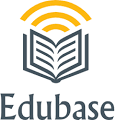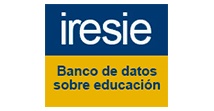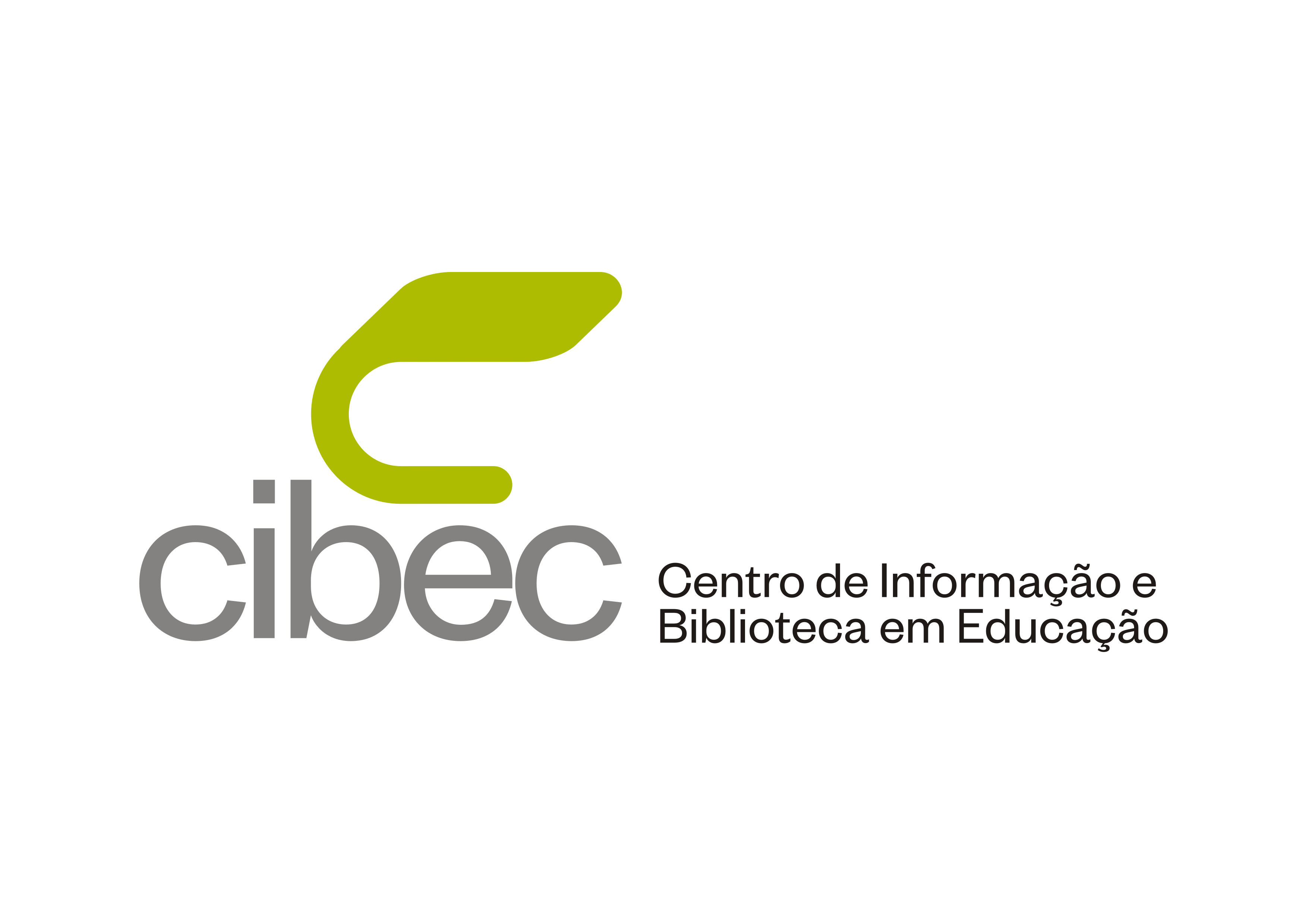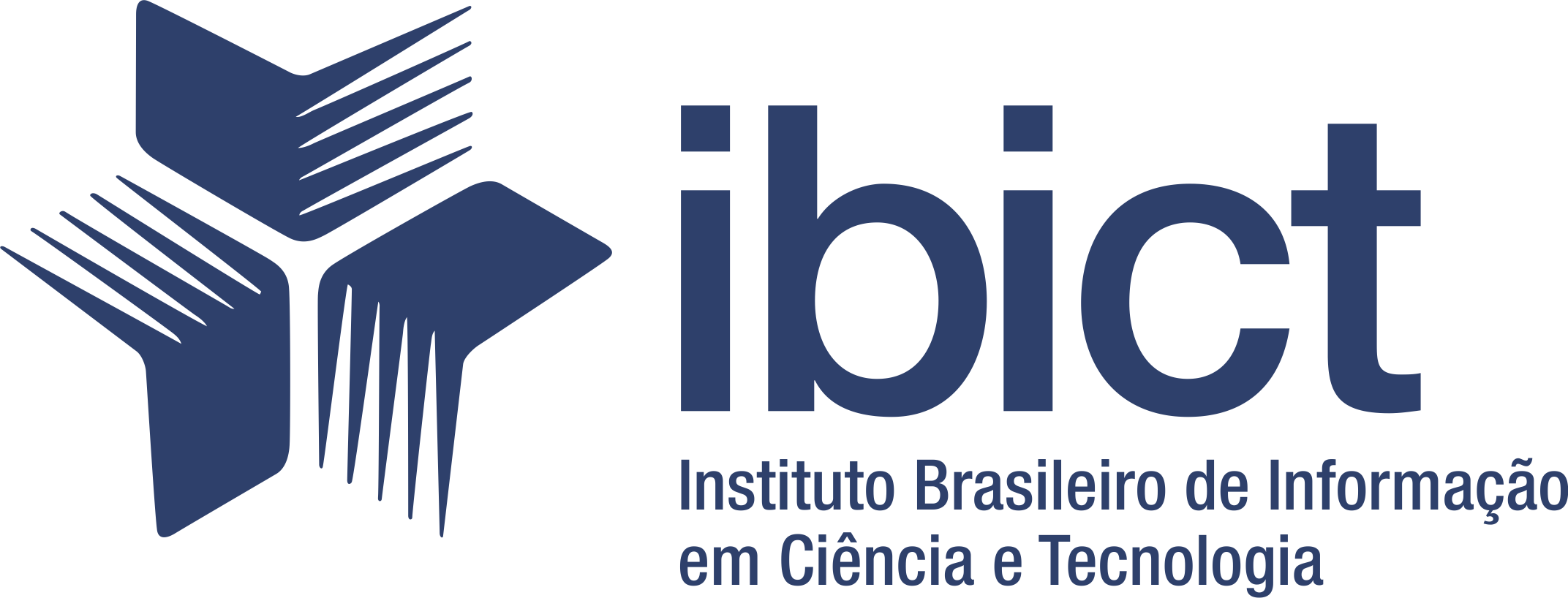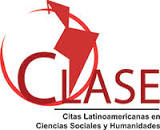PEDAGOGICAL INTEGRATION PRACTICES IN PROEJA: THE THINKING OF TEACHERS AND STUDENTS
DOI:
https://doi.org/10.5216/ia.v36i2.16717Keywords:
Educação de jovens e adultos, Proeja, Educação profissional, Currículo integradoAbstract
This study grew out of a survey conducted by NUPED at the Instituto Federal de Educação Ciência e Tecnologia do Rio Grande do Norte (IFRN). It analyzes the pedagogical practices which contributed to curriculum integration, according to the teachers and students involved in integrated Secondary and Vocational Education in the Education of Young People and Adults Modality (Proeja). The survey, undertaken between 2009 and 2010, is a qualitative approach of an exploratory nature based on information obtained from questionnaires and semi-structured interviews conducted with two groups of subjects on the IFRN campuses offering Proeja courses. It was found that: a) teachers and students refer to assignments involving more than one subject, field courses, technical visits, research and outreach projects as possibilities for integration; b) such practices lack systematization and collective planning; c) and there is a difference between the way they are carried out for the regular integrated Secondary School and for Proeja.Downloads
Downloads
Published
How to Cite
Issue
Section
License
Inter-Ação uses the Creative Commons Attribution 4.0 License for Open Access Journals (Open Archives Initiative - OAI) as the basis for the transfer of rights. Open access means making documents available on the Internet free of charge, so that users can read, download, copy, distribute, print, search, or link to the full text of documents, process them for indexing, use them as input data for software programs, or use them for any other lawful purpose, without financial, legal, or technical barriers.
Authors publishing in this journal agree to the following conditions:
1) Authors retain copyright and grant the journal the right of first publication, with the work simultaneously licensed under the Creative Commons Attribution License, which permits redistribution of the work with attribution and first publication in this journal.
2) Authors are permitted to enter into additional, separate agreements for non-exclusive distribution of the version of the work published in this journal (e.g., for publication in an institutional repository or as a book chapter), with attribution and first publication in this journal.
3) Authors are permitted and encouraged to publish and distribute their work online (e.g. in institutional repositories or on their home page) at any time before or during the editorial process, as this may generate productive changes as well as increase the impact and citation of the published work.






